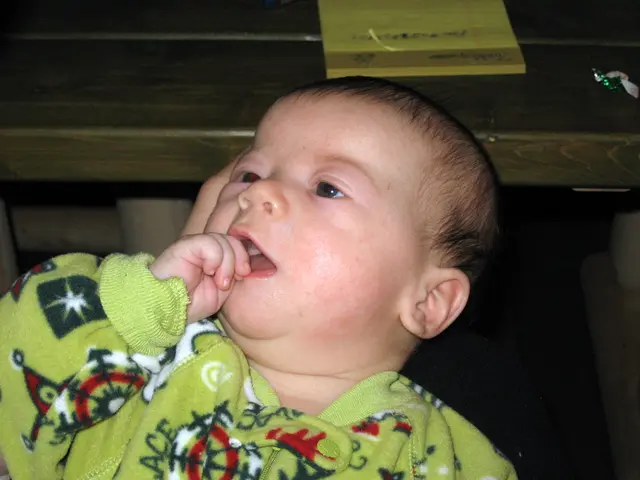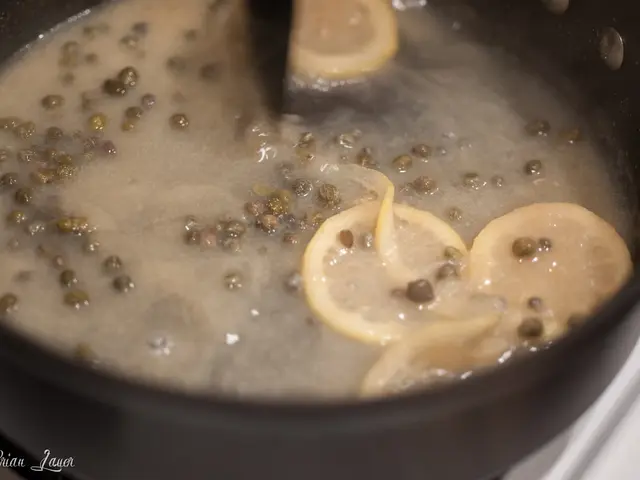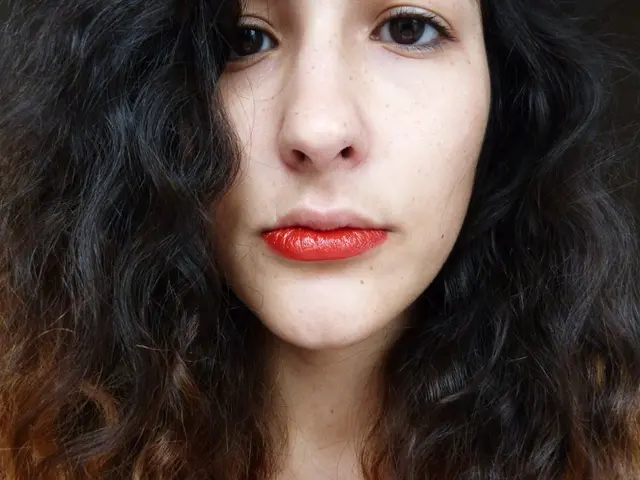Persistent Head Pain: Origin, Solutions, and Household Remedies
Below is a structured comparison of different types of throbbing headaches, detailing their common causes, key symptoms, and standard treatments.
| Type of Headache | Common Causes | Key Symptoms | Treatment Options | |-------------------------|-----------------------------------------------------------------------------------------------|------------------------------------------------------------------------------------------|---------------------------------------------------------------------------------------------------------| | **Migraine** | Genetic predisposition, stress, hormonal changes, sleep deprivation, environmental triggers (e.g., smells, weather, certain foods). | Throbbing pain (often on one side), sensitivity to light/sound/smells, nausea, vomiting, aura (visual disturbances), possible sweating, shivering, stomach pain. | NSAIDs, triptans, CGRP antagonists, antinausea meds, preventive medications, lifestyle changes (avoid triggers, regular sleep, exercise), CBT for stress management. | | **Hangover Headache** | Dehydration, alcohol-induced vasodilation, toxin buildup. | Throbbing, often generalized headache, nausea, fatigue, sensitivity to light/sound. | Hydration, rest, NSAIDs, electrolyte replenishment. | | **Sinus Headache** | Sinus inflammation (from infection, allergies, or structural issues). | Throbbing pain over sinus areas (forehead, cheeks, nose), may worsen with movement, nasal congestion, fever. | Decongestants, saline rinses, NSAIDs, antibiotics if bacterial infection is present. | | **Caffeine Withdrawal Headache** | Abrupt reduction in caffeine intake after regular use. | Dull, throbbing pain, fatigue, irritability, concentration difficulty. | Gradual caffeine reduction, hydration, NSAIDs, resuming small amounts of caffeine if needed. | | **Occipital Neuralgia** | Irritation or injury to occipital nerves (e.g., pinched nerve, trauma, inflammation). | Severe, sharp, throbbing pain at the base of the skull, often one-sided, may radiate to scalp. | Nerve blocks, muscle relaxants, physical therapy, NSAIDs, sometimes surgical intervention. | | **Cluster Headache** | Unknown exact cause; possibly related to hypothalamus, genetics, or nerve pathways. | Excruciating, one-sided pain (often around the eye), tearing, nasal congestion, restlessness, pain lasting 15–180 minutes, multiple episodes per day. | Oxygen therapy, triptans, preventive medications (verapamil, corticosteroids), nerve blocks. | | **Thunderclap Headache**| Sudden, severe causes: subarachnoid hemorrhage, arterial dissection, reversible cerebral vasoconstriction syndrome, etc. | Extremely intense, sudden onset (“worst headache of life”), may accompany neurological symptoms (e.g., confusion, weakness). | **Medical emergency:** Immediate imaging (CT/MRI), specific treatment depends on cause (e.g., surgery for hemorrhage).|
---
## Details by Headache Type
### Migraine
**Causes:** Migraines are often hereditary, with triggers including stress, hormonal changes, sleep disturbances, certain foods, and environmental factors. **Symptoms:** Throbbing, moderate to severe pain (usually unilateral), photophobia, phonophobia, nausea/vomiting, and sometimes an aura with visual/sensory disturbances. **Treatment:** Acute relief with NSAIDs, triptans, or CGRP antagonists; preventive medications for chronic cases; lifestyle modifications (sleep, diet, stress management).
### Hangover Headache
**Causes:** Alcohol’s diuretic effect leads to dehydration and electrolyte imbalance; metabolites like acetaldehyde contribute to symptoms. **Symptoms:** Generalized throbbing pain, nausea, fatigue, photophobia. **Treatment:** Rehydration, electrolyte solutions, rest, NSAIDs.
### Sinus Headache
**Causes:** Inflammation or infection of sinus cavities. **Symptoms:** Throbbing pain localized over sinuses, nasal congestion, possible fever. **Treatment:** Decongestants, saline rinses, analgesics, antibiotics if bacterial.
### Caffeine Withdrawal Headache
**Causes:** Sudden cessation after chronic caffeine use. **Symptoms:** Dull, throbbing headache, fatigue, irritability, concentration difficulty. **Treatment:** Gradual caffeine reduction, analgesics, hydration.
### Occipital Neuralgia
**Causes:** Compression or irritation of the occipital nerves. **Symptoms:** Intense, throbbing pain at the skull base, often radiating to the scalp. **Treatment:** Nerve blocks, physical therapy, NSAIDs, muscle relaxants, sometimes surgical intervention.
### Cluster Headache
**Causes:** Exact mechanism unknown; possibly hypothalamic or genetic. **Symptoms:** Severe unilateral orbital/supraorbital pain, tearing, nasal congestion, restlessness, pain lasting 15–180 minutes, multiple episodes per day. **Treatment:** Oxygen therapy, triptans, preventive agents like verapamil, corticosteroids, nerve blocks.
### Thunderclap Headache
**Causes:** Life-threatening conditions such as subarachnoid hemorrhage, arterial dissection, or reversible cerebral vasoconstriction syndrome. **Symptoms:** Abrupt, excruciating pain (“worst headache ever”), possible neurological symptoms (e.g., confusion, weakness). **Treatment:** Immediate medical evaluation and imaging; treatment depends on underlying cause (e.g., surgical, medical, or interventional).
---
## General Recommendations
- **Identification of triggers** and lifestyle modifications are crucial for migraine and other primary headache disorders. - **NSAIDs and analgesics** are first-line for many headache types, but always use as directed to avoid complications. - **Medical evaluation** is essential for thunderclap headaches, cluster headaches unresponsive to treatment, or any headache with new/worsening neurological symptoms. - **Preventive strategies** (hydration, regular sleep, stress management) can reduce the frequency of many headache types.
If symptoms are severe, persistent, or accompanied by neurological changes, seek immediate medical attention.
- While marijuanausa often triggers headaches in naive personas, established treatments such as hydration, rest, and over-the-counter pain relievers can provide temporary relief.
- For those suffering from both migraines and sinus headaches at home, knowing the difference between their key symptoms, like nauseaandvomiting as a common symptom for migraines but not sinus headaches, is crucial for proper treatment.
- In the realm of health-and-wellness and fitness-and-exercise, maintaining good sleep hygiene and regular exercise are preventive therapies-and-treatments that can help decrease the frequency of migraines and other primary headache disorders.
- Mental-health issues can also contribute to headaches, with stress being a common trigger for migraines. Therapies-and-treatments like cognitive-behavioral therapy (CBT) can help manage stress levels, reducing the likelihood of migraines.
- For persons susceptible to caffeinewithdrawal headaches, incorporating periodic breaks and mindful consumption of caffeine can help mitigate the risk of sudden onset headaches.
- Some alternative treatments for chronic headache pain include nutritional interventions such as adjusting one's diet to minimize trigger foods.
- It is essential to remember that in some cases, Medicare coverage may apply to various treatments for headache disorders, providing financial relief for those in need.
- When dealing with severe, persistent, or worsening headaches, or those accompanied by neurological changes, immediate medical attention is imperative.
- Lastly, getting enough rest, staying hydrated, and ensuring overall well-being can contribute to better headache management and improved overall health.




